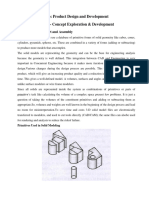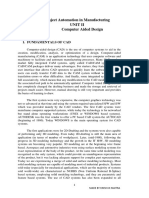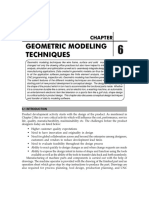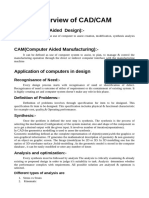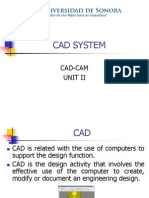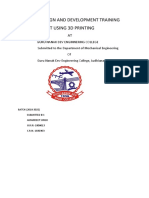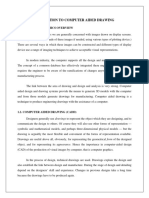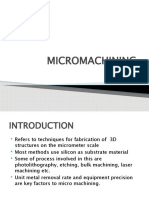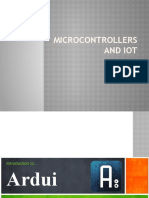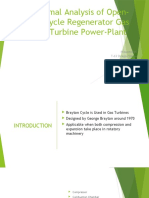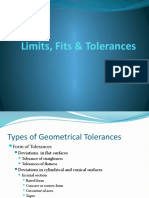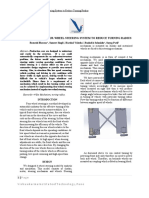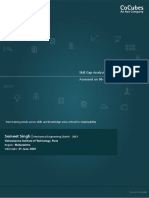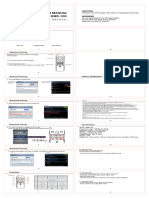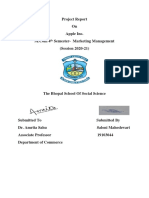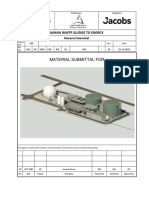0% found this document useful (0 votes)
234 views6 pagesCAMD Course Project
This document discusses CAD modeling and GD&T of a CAM follower mechanism. It begins with an introduction to CAD, engineering drawings, and types of CAD software such as 2D, 3D, and solid modeling. It then discusses the need for and elements of production drawings, including format, size/shape, material specifications, limits/tolerances, and assembly drawings. Figures of the mechanism's follower support, cam, block, and assembly drawings are included.
Uploaded by
SUMEET SINGHCopyright
© © All Rights Reserved
We take content rights seriously. If you suspect this is your content, claim it here.
Available Formats
Download as PDF, TXT or read online on Scribd
0% found this document useful (0 votes)
234 views6 pagesCAMD Course Project
This document discusses CAD modeling and GD&T of a CAM follower mechanism. It begins with an introduction to CAD, engineering drawings, and types of CAD software such as 2D, 3D, and solid modeling. It then discusses the need for and elements of production drawings, including format, size/shape, material specifications, limits/tolerances, and assembly drawings. Figures of the mechanism's follower support, cam, block, and assembly drawings are included.
Uploaded by
SUMEET SINGHCopyright
© © All Rights Reserved
We take content rights seriously. If you suspect this is your content, claim it here.
Available Formats
Download as PDF, TXT or read online on Scribd
/ 6


